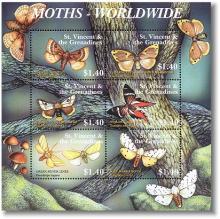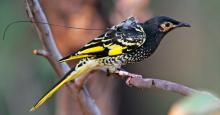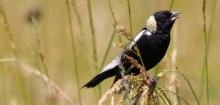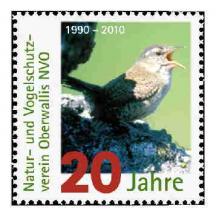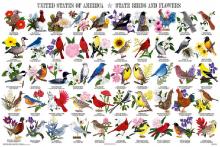Ireland’s farmland birds on the Red List of the Birds of Conservation Concern
Of the 19 species listed on the Red List of the Birds of Conservation Concern in Ireland (BoCCI) due to breeding population concerns, nine (Grey Partridge Perdix perdix, Quail Coturnix coturnix, Corncrake Crex crex, Lapwing Vanellus vanellus, Curlew Numenius arquata, Redshank Tringa totanus, Barn Owl Tyto alba, Twite Carduelis flavirostris and Yellowhammer Emberiza citrinella) are dependent upon farmland habitats at some point during the course of the year. In addition to this, several other bird species that are dependent upon agricultural habitats appear on the BoCCI Amber List. The only two species (Corncrake and Curlew) on the IUCN Red List (species of global conservation concern) breeding in Ireland are both species associated with lowland farmland (IUCN, 2010). Also, the most recent regular breeding species to become extinct in Ireland, Corn Bunting Emberiza calandra, was a specialist lowland farmland bird, with breeding last recorded in 1992.



